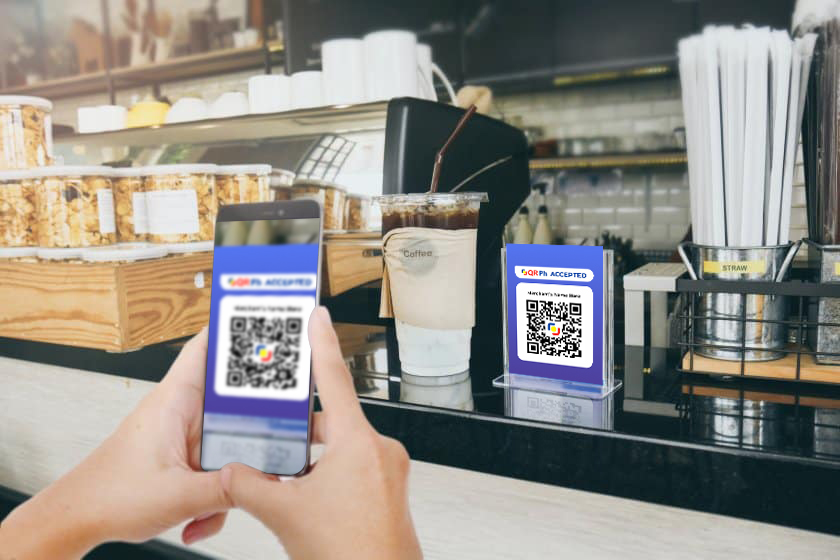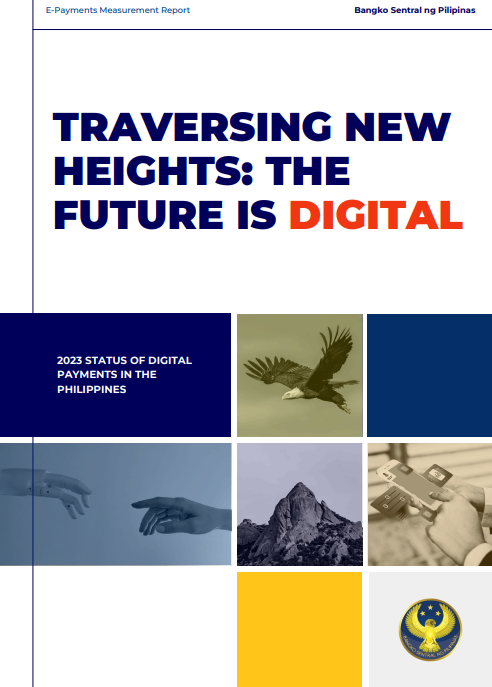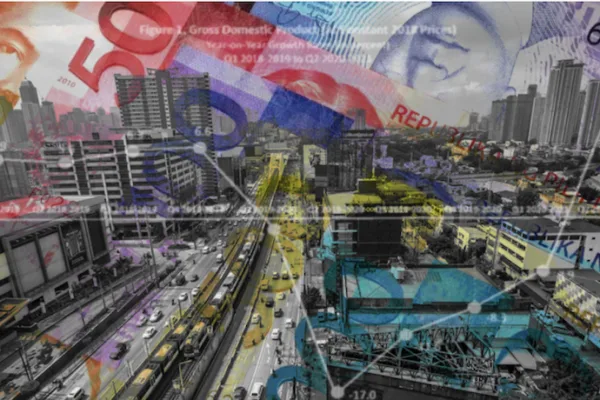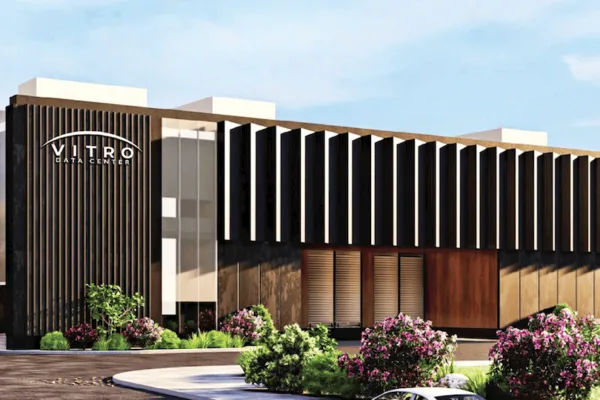According to the Bangko Sentral ng Pilipinas (BSP)’s Report on E-Payments Measurement “Traversing New Heights: The Future is Digital,” the share of digital payment transactions (e-payments) in the Philippines has surged from 42.1% in 2022 to 52.8% in 2023.

A mobile phone with the Mocasa app that’s being used to conduct e-payments in a coffee shop
This remarkable growth surpasses the central bank’s target of digitalizing 50% of payment volumes, a key milestone under its Digital Payments Transformation Roadmap 2018-2023. According to Statista, the total transaction value in the digital payments market in the Philippines is projected to reach US$43.65 billion in 2024.
This value is expected to show an annual growth rate (CAGR 2024-2028) of 8.91 per cent, resulting in a projected total amount of US$61.41 billion by 2028.
BSP Governor Eli M. Remolona expressed pride in this accomplishment, stating, “We take pride in this achievement as proof that our pursuit of a cash-lite economy has consistently been progressing. We owe this to our citizens who are the foremost beneficiaries of a safe, efficient, and inclusive digital payment system.”
“As we serve their payment needs and deepen financial inclusion, we are ready to bring digital finance to new heights,” he added.
BSP e-payments report sees progress in digital payments adoption in PH
The latest BSP report reveals that the value of monthly digital payments increased to 55.3% in 2023 from 40.1% in 2022. The primary drivers of this growth were merchant payments, which accounted for 64.9% of digital payments volume, person-to-person transfers at 19.3%, and business-to-business (B2B) supplier payments at 6.1%.

This surge in digital payments aligns with the increase in ownership of transaction accounts, particularly e-money accounts that are frequently used for payments.
With the country’s progress in digital payments adoption, the BSP, in collaboration with the payment industry, is strategically positioned to further advance digital payments, empowering Filipino businesses and consumers to actively contribute to economic growth.
Governor Remolona emphasized the importance of continuing this progress, stating, “We should not rest on our laurels. Achieving the target is not the end goal. What we would like to see are lives being transformed by our policies.”
A significant aspect of these transformative policies is the facilitation of remittances. Overseas Filipinos play a critical role in the Philippine economy, sending billions of dollars home annually. The digitalization of payments has made remittances faster and cheaper, directly benefiting millions of Filipino families who rely on these funds for their daily needs and investments in education, health, and small businesses.
“When Overseas Filipinos conveniently send remittances at faster and cheaper rates; when businesses, particularly micro, small, and medium enterprises, accept e-payments and transact with suppliers and billers digitally; and when every Juan and Maria’s preferred mode of payment is digital – these represent the fulfilment of BSP’s vision of a safe, efficient, reliable, and inclusive payment system,” Governor Remolona explained.
The BSP’s thrust to broaden Filipinos’ access to the formal financial system while accelerating digital payments usage was articulated in the BSP Digital Payments Transformation Roadmap 2020-2023. This vision aims to foster financial inclusion through the development of a robust digital finance infrastructure, the adoption of new platforms to reduce costs, and the widespread distribution of digital products and services.
Further development of digital finance infrastructure is critical, as secure, reliable, efficient, and interconnected systems are necessary to facilitate smooth payment transactions. The adoption of new platforms and solutions that will bring down the cost of providing varied digital products and services and allow for their wider distribution across the country will speed up the digital payment transformation process. Reductions in cost and improvements in the speed of delivery are key to enhancing customer preference for adopting digital modes of payment across various use cases.
By creating compelling, large-scale digital payment use cases, the BSP aims to demonstrate the benefits, safety, and reliability of the country’s retail payment system. The goal is to enhance customer preference for digital payment modes, supported by effective awareness and information campaigns.
The BSP envisions a vibrant and inclusive digital economy characterized by universal, democratized access to responsive financial services through a sound digital ecosystem of responsible financial institutions, including both banks and non-banks. Ensuring this growth is underpinned by sound digital governance standards aligned with global best practices is crucial.
As the digital payments landscape in the Philippines continues to evolve, the role of remittances remains pivotal. By leveraging digital platforms, the BSP and its partners are not only transforming payment systems but also driving economic resilience and growth, ensuring that every Filipino benefits from the digital revolution.
The achievement of digital payment targets is a testament to the collaborative efforts between the BSP, financial institutions, and the Filipino people. This collective success marks a significant step towards a more inclusive and efficient financial ecosystem, reinforcing the importance of remittances and digital transactions in shaping the future of the Philippine economy.







